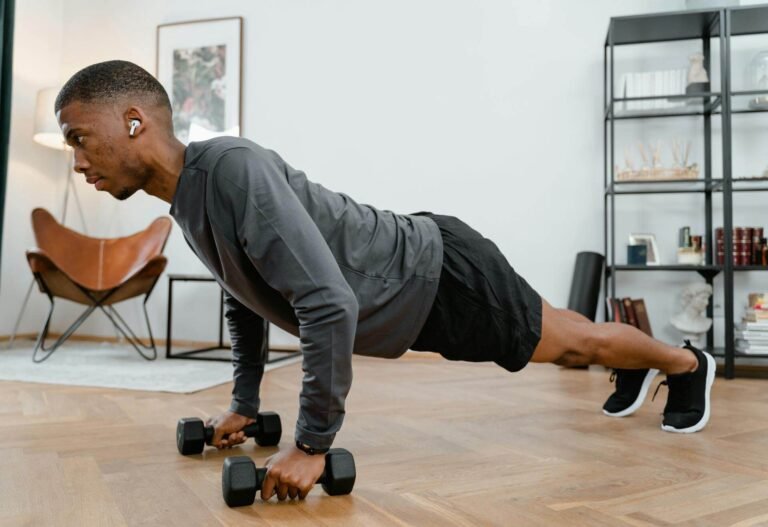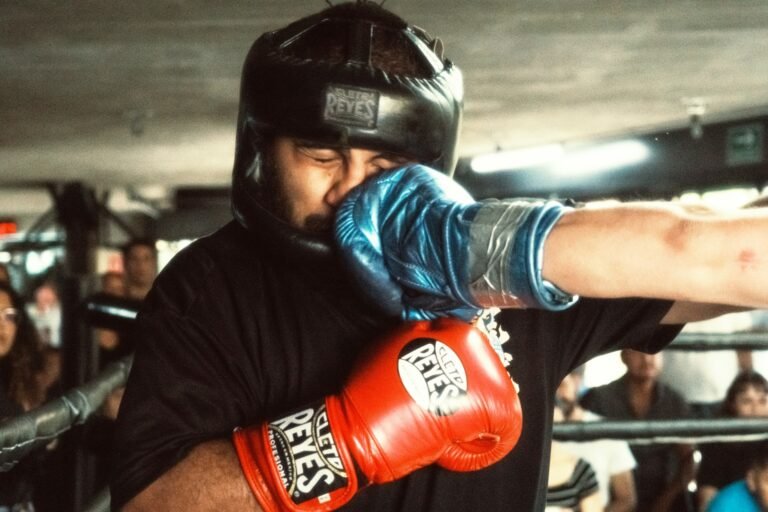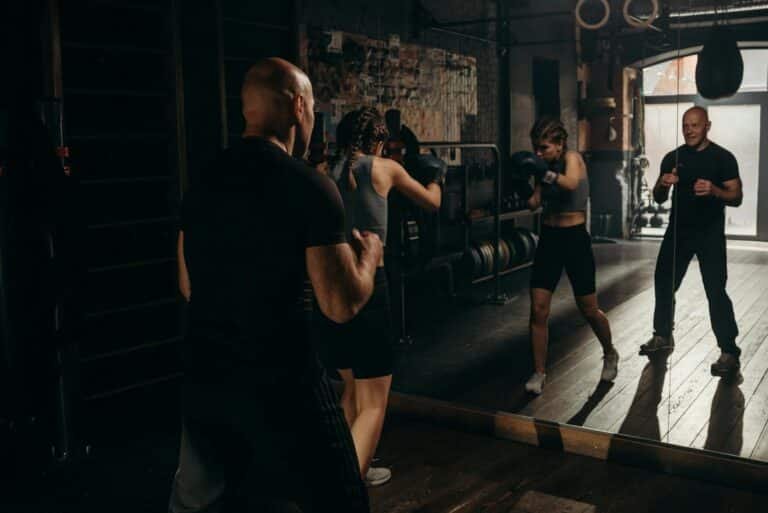Learning the basics of boxing punches, such as the beginner boxing hook, is the first step to building confidence in the ring. We have covered the jab and cross; now it is time to add one of the most powerful shots in boxing, the hook. The beginner boxing hook can be transformative for novices looking to expand their skill set.
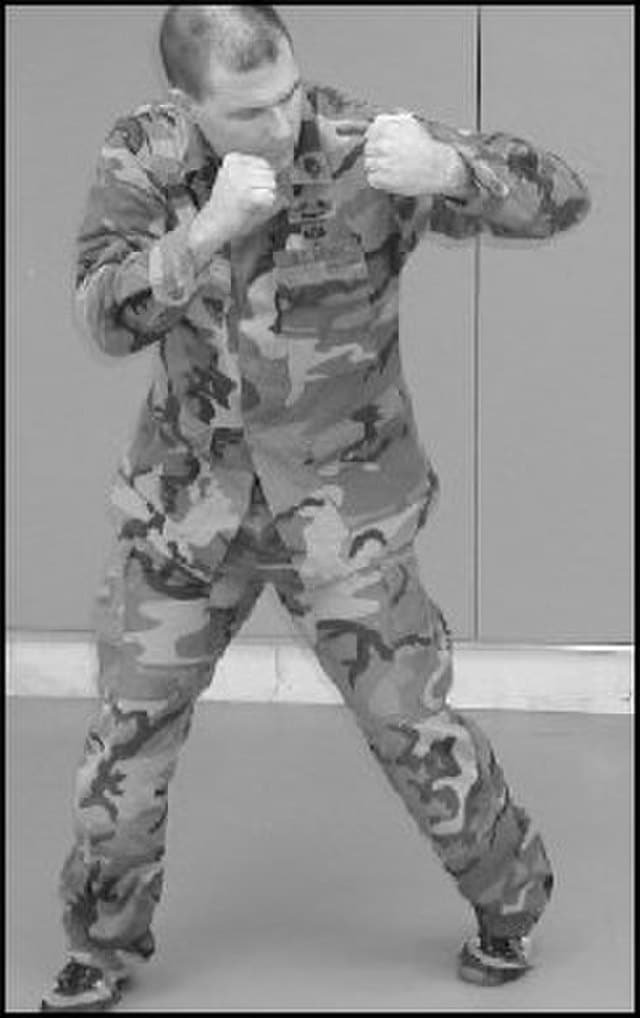
Why the hook matters
The hook is a short, powerful punch that travels in a circular motion. It can target the head or body and is often used after a jab or cross. Even beginners can generate surprising power with a hook if the stance balance and technique are right, making it an essential part of beginner boxing hook training.
By practising the beginner boxing hook regularly, new boxers can gradually enhance their punching power and precision.
Step by step guide to throwing a hook
- Start in stance
Keep your feet shoulder-width apart, with your knees soft, hands up, and chin tucked. We have a fast guide available on boxing stance setup. - Rotate the lead foot
Pivot on the ball of your front foot, turning your toes slightly inward. This rotation drives power. - Turn the hips and shoulders
Your power comes from your core. Rotate your hip and shoulder together while keeping your opposite hand guarding the chin. - Bend the elbow at ninety degrees
Your punching arm should form a right angle with the elbow at shoulder height. - Land with the knuckles
Aim to connect with the front two knuckles while the palm faces yourself or slightly down. - Return to guard
Resetting to stance after a beginner boxing hook keeps you safe and ready to punch again.
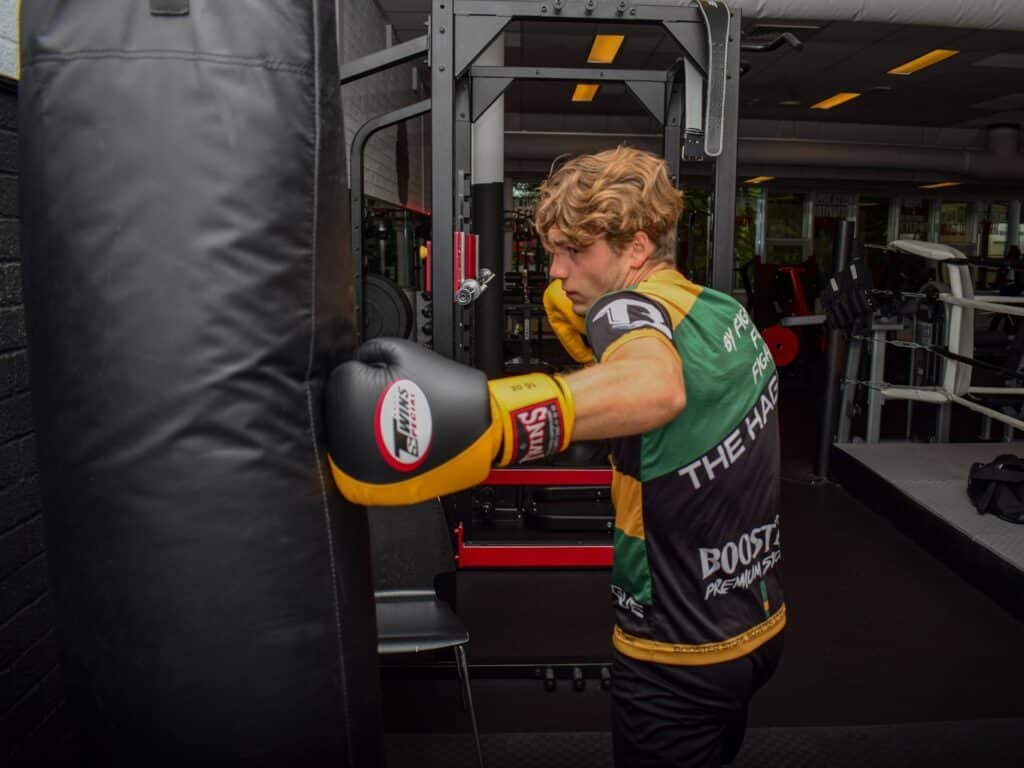
This is called a “long hook” as it is further away from the body, aimed at something far. Both the long hook and the short hook are key variations every boxer should learn, but the beginner boxing hook should blend them to make something a beginner can use reliably.
Common mistakes beginners make with hooks
- Swinging the arm wide mid-hook instead of keeping it tight (watch some Mike Tyson content to see how to keep those hooks close and sharp).
- Dropping the rear hand and leaving the chin exposed (see image).
- Forgetting to pivot the foot, which reduces power and balance during a beginner hook.
- Overextending and losing the compact shape of the punch, affecting the beginner hook’s effectiveness.
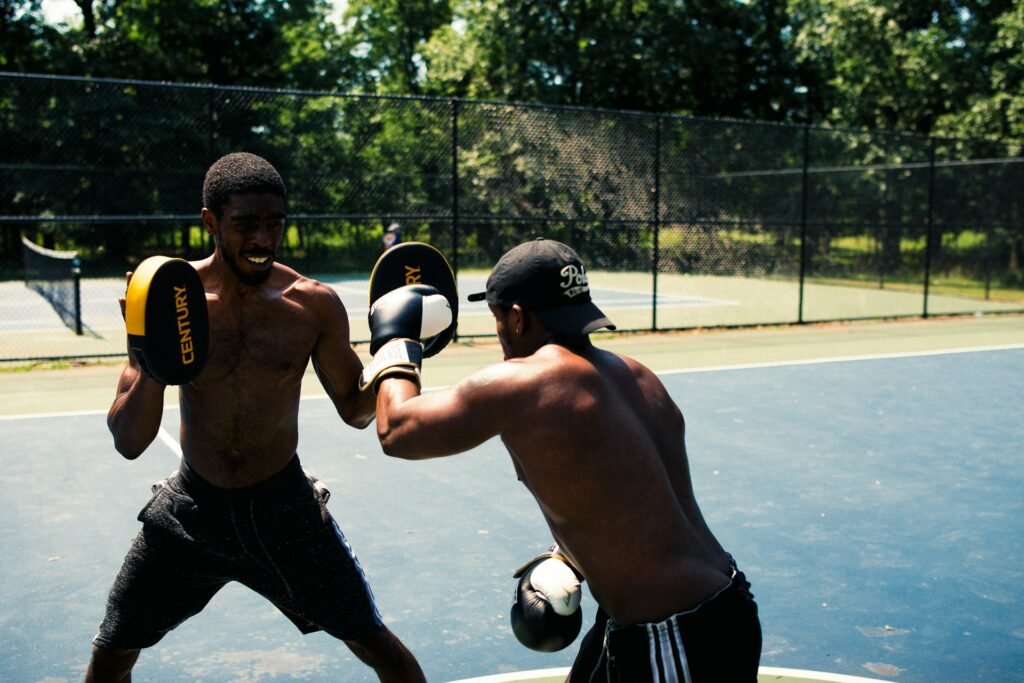
Dropping your guard mid-hook leaves you terribly exposed. Keep your hands up and guard tight.
Simple beginner hook drill
- Stand in front of a mirror in a stance.
- Throw a light lead hook, focusing on pivoting the front foot and turning the hip.
- After each hook, pause and reset your guard to master the beginner boxing hook technique.
- Repeat for one minute focusing on balance and technique, not power, for improved beginner hook skills.
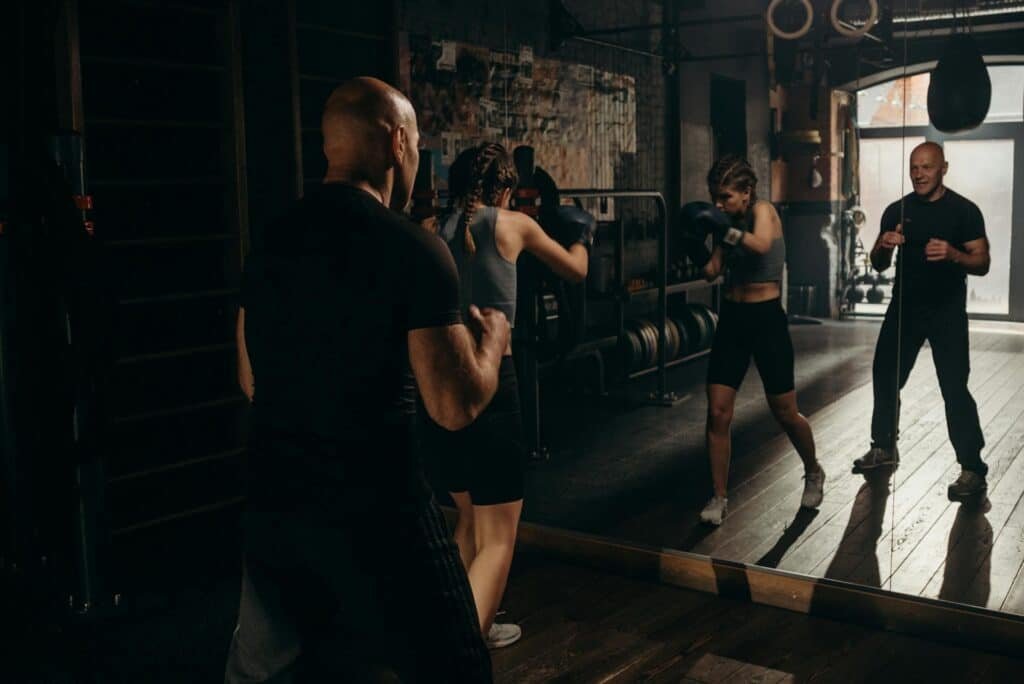
Practising this mirror drill daily is one of the fastest ways to sharpen your beginner boxing hook. This drill can also be done on the heavy bag to practise power shots. Repetition and recording yourself are some of the best ways to learn and catch flaws.
Next steps for beginners
Once your hook feels natural, incorporate it into a simple three-punch combination: jab, cross, hook. This combination is often the first combo coaches teach, because it builds flow into the beginner boxing hook and helps develop power naturally.
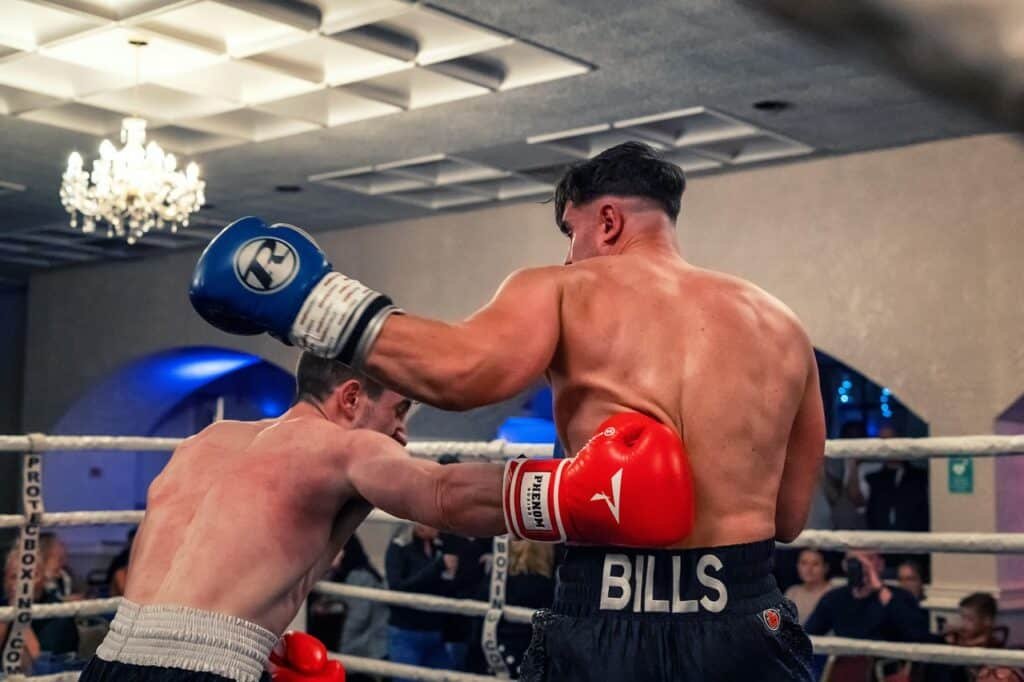
If you really want to spice it up, add some movement at the end. The hook is perfect to roll or pivot to get your head off the centre line, which will make you really hard to hit if they throw after the combo.
Remember to use properly fitted gloves when practising hooks. Padding and wrist support are crucial to avoid strain. Check out our guide to the best boxing gloves for beginners if you are still choosing your first pair.

